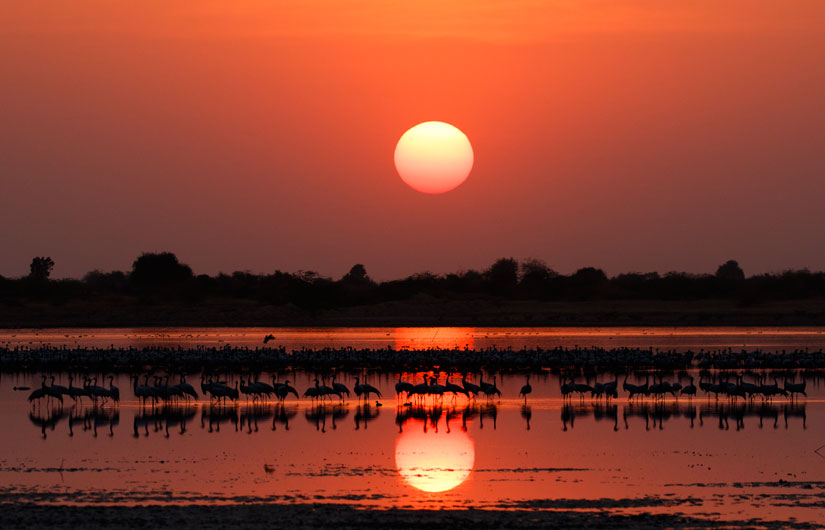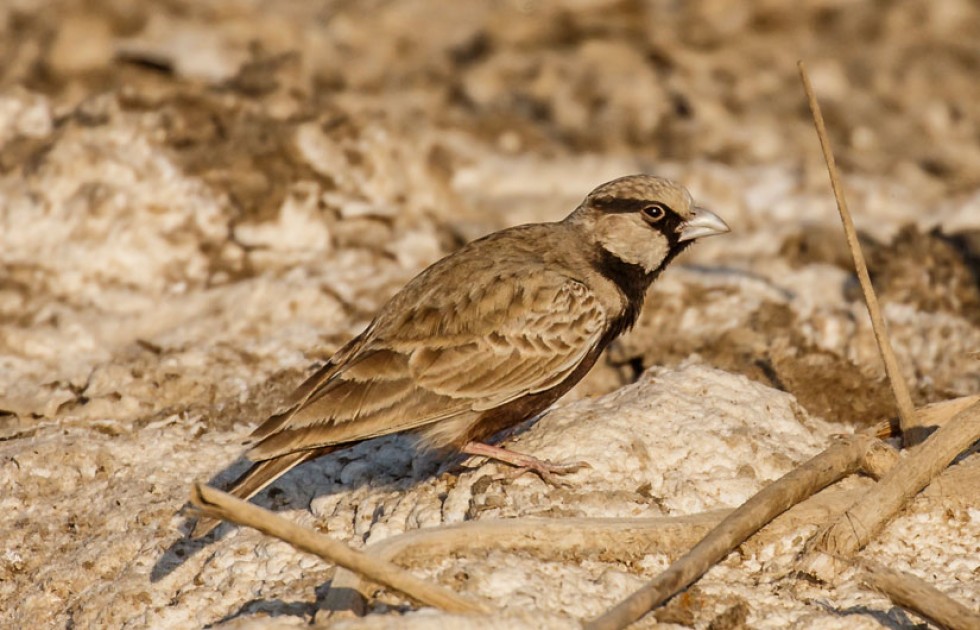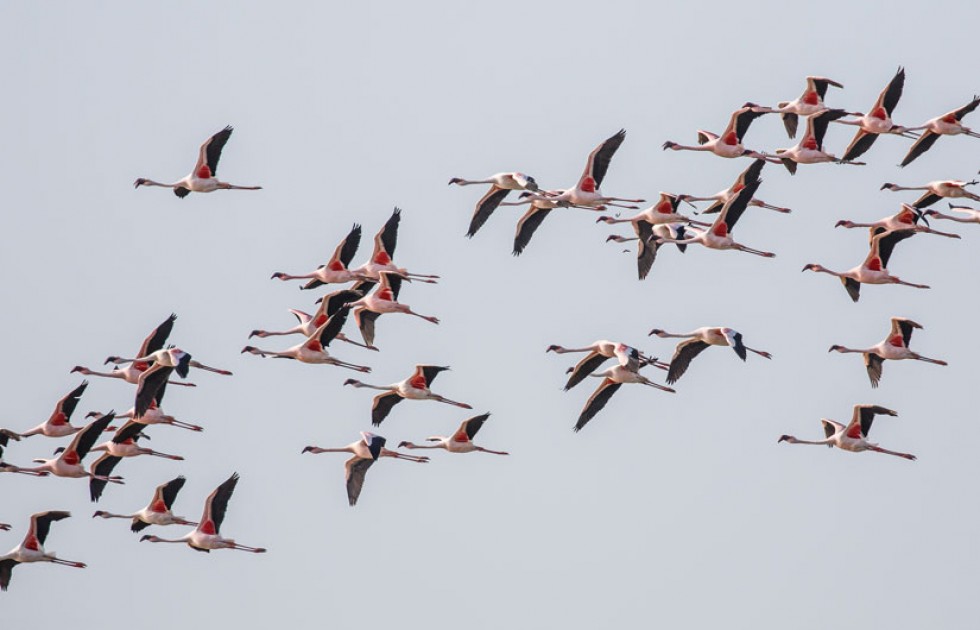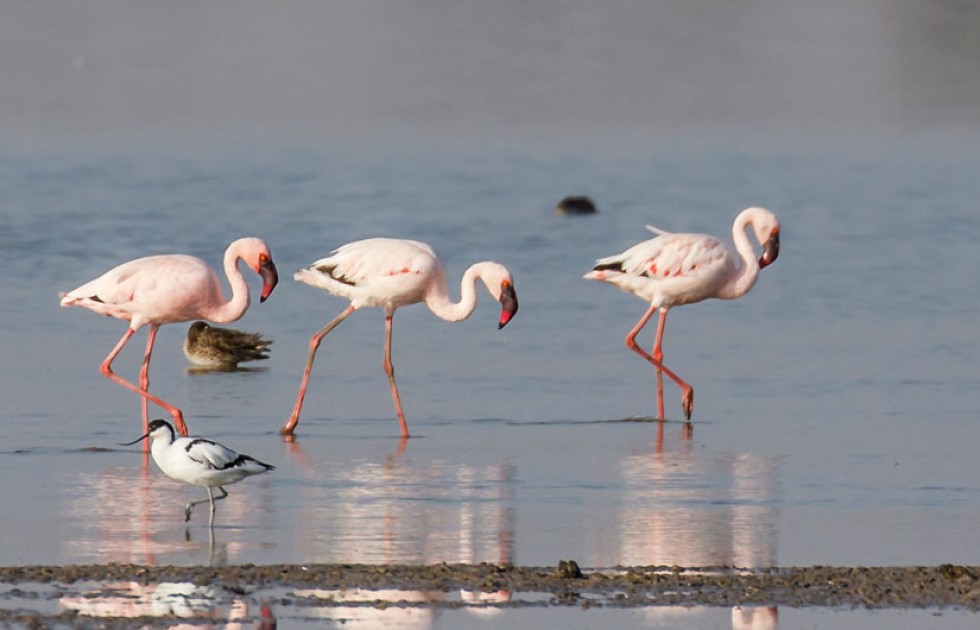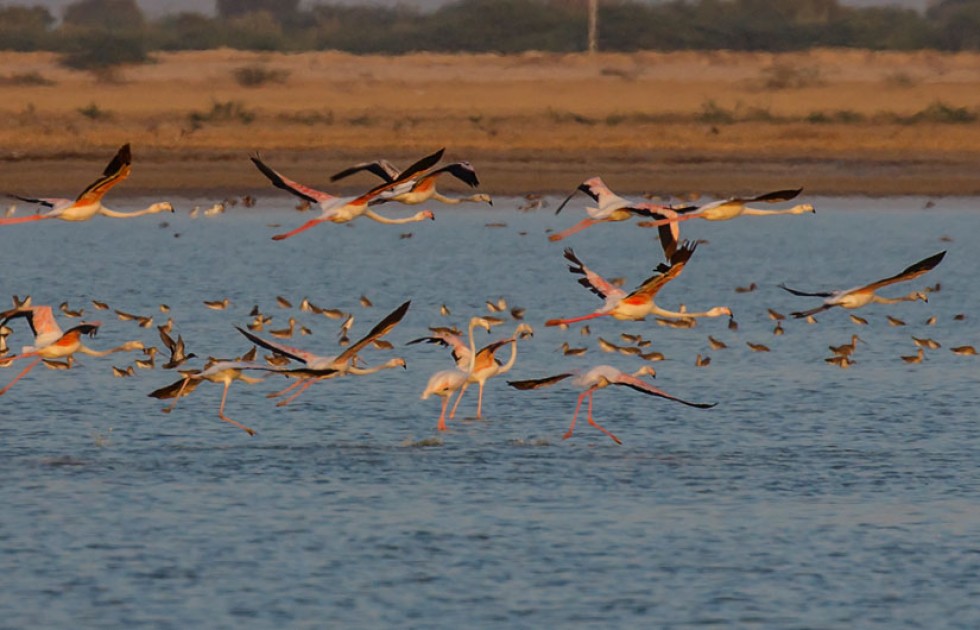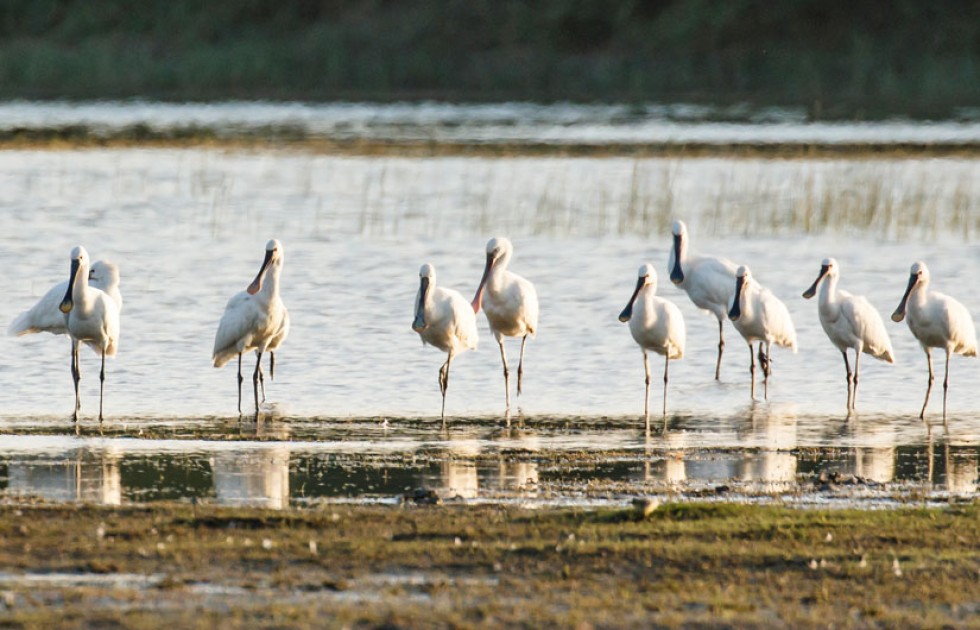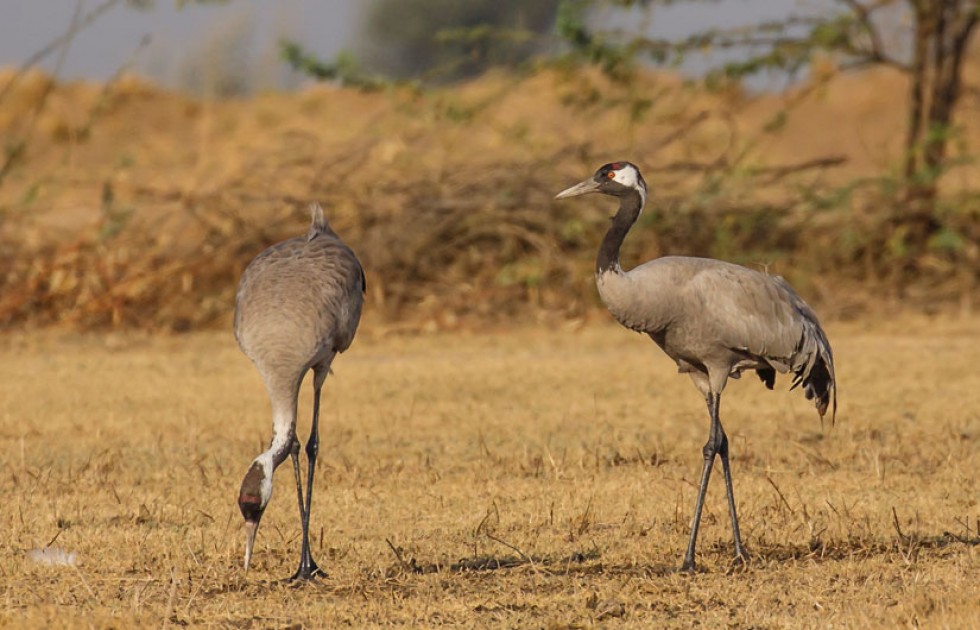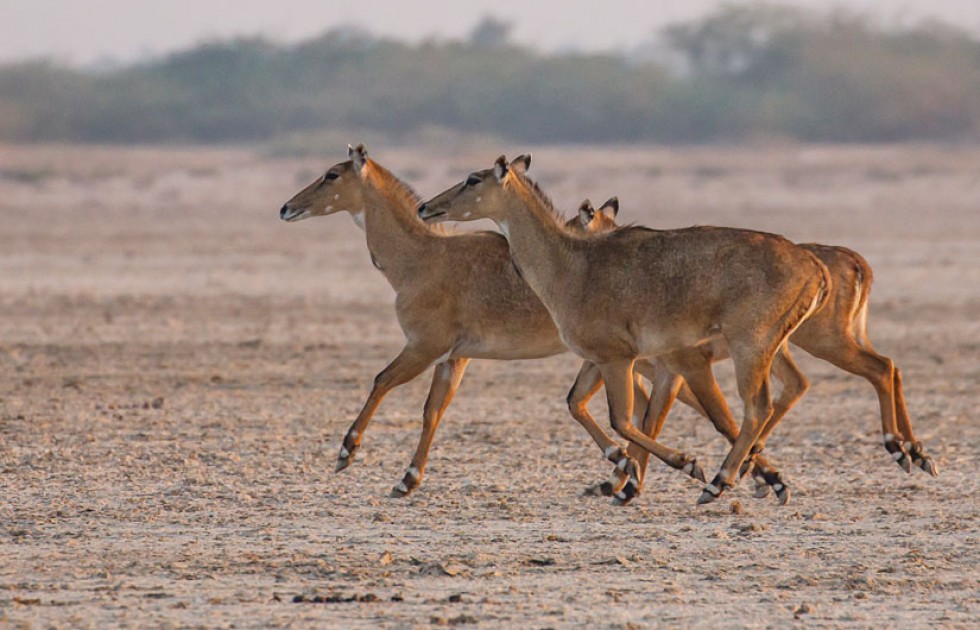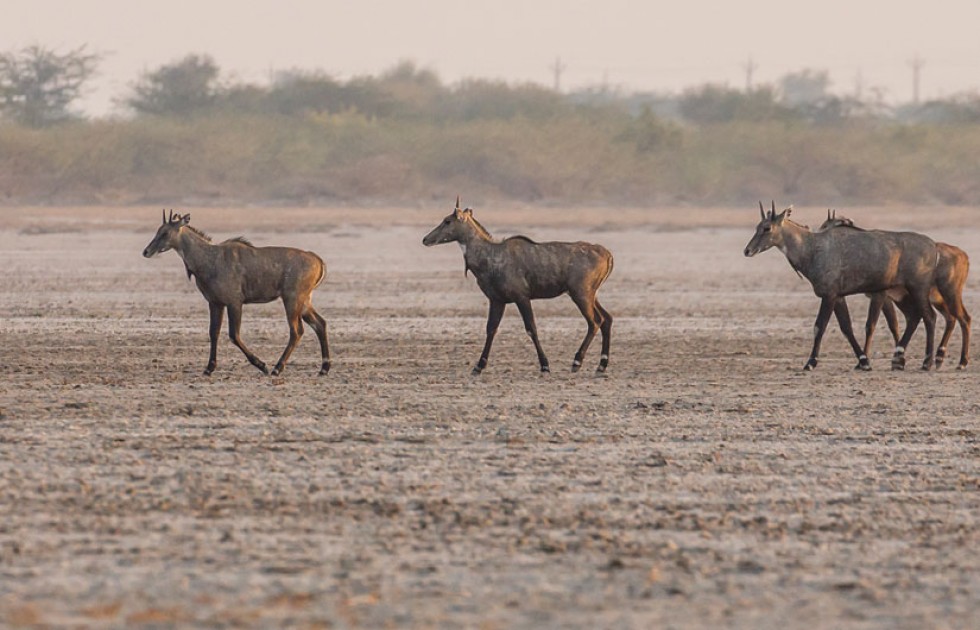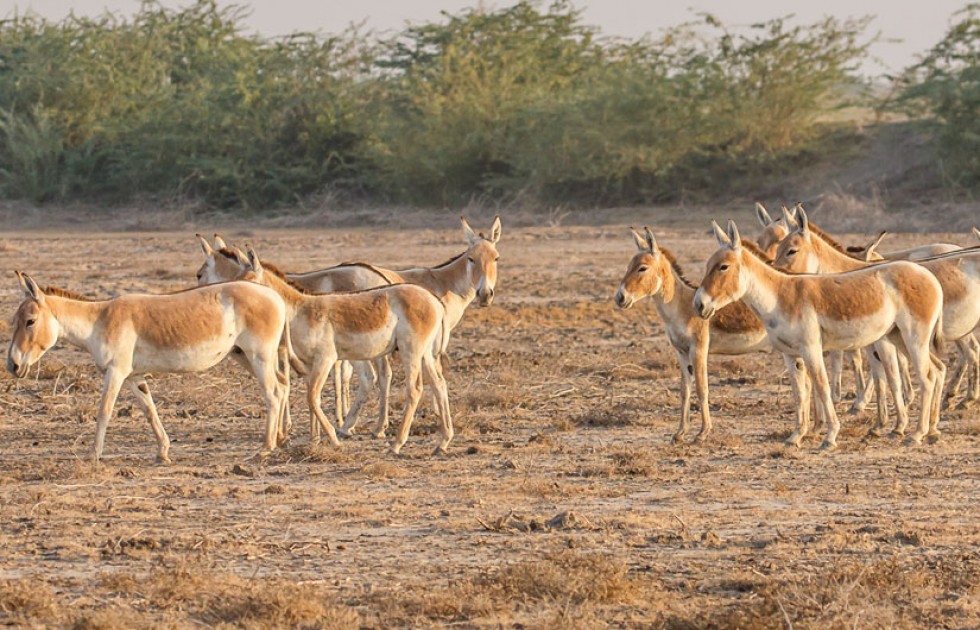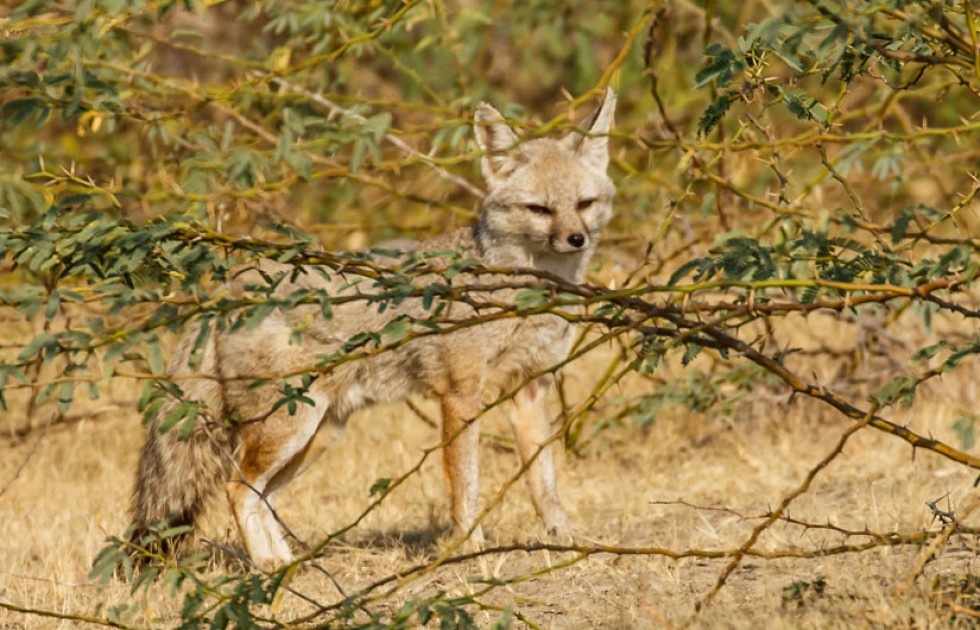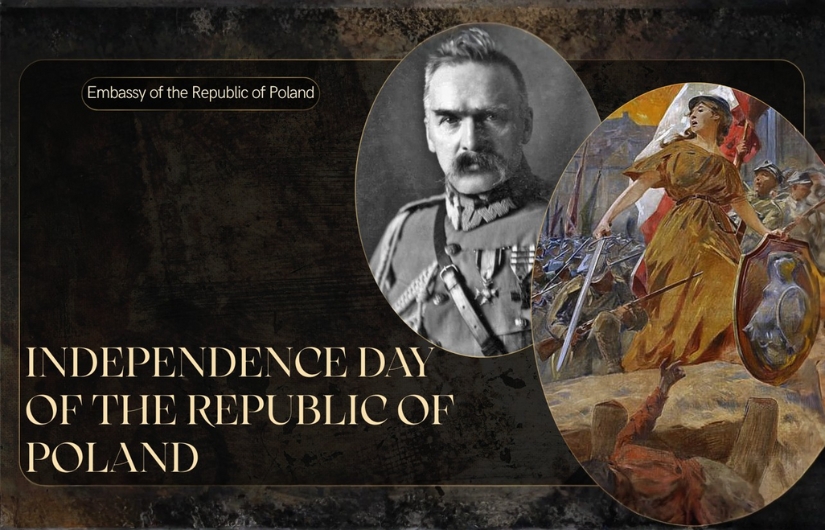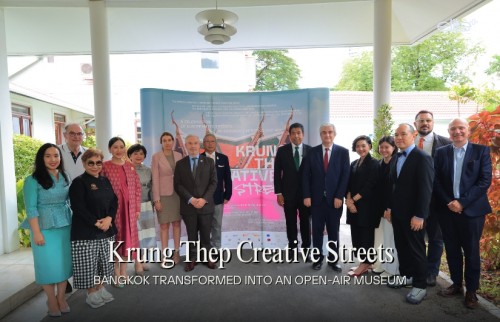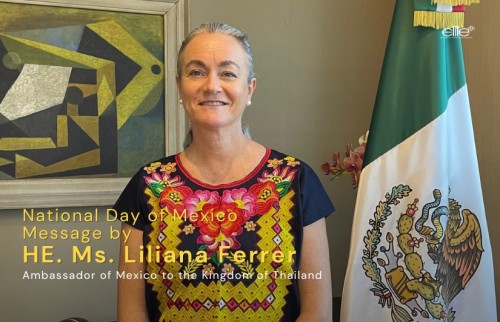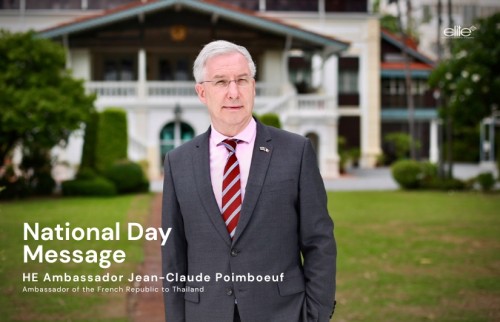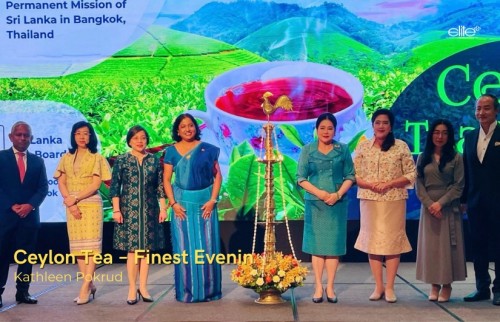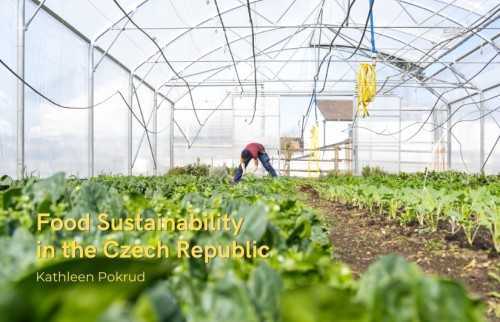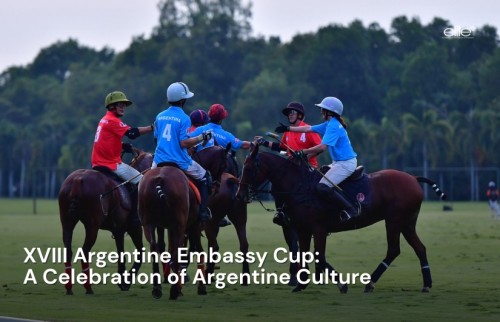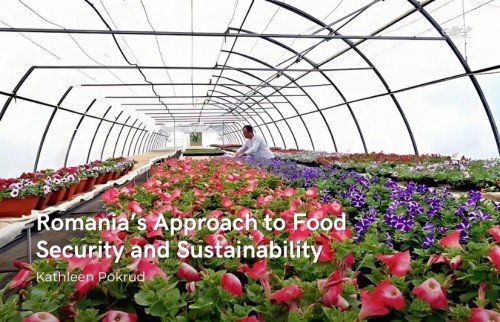After the visits to Gir Forest National Park and Velavadar National Park, my last destination in Gujarat, India, was Little Rann of Kutch where the Wild Ass Wildlife Sanctuary, the last refuge of the endangered Indian wild ass, is located.
After lunch a knowledgeable guide from the resort took me on the afternoon game drive in an open jeep around the Little Rann of Kutch, a 4,950 sq km wildlife sanctuary. Despite the semi-desert environment the area is rich in biodiversity comprising resident mammals such as Indian wild ass, nilgai,Indian wolf, Indian fox, jungle cat, and also several species of migrating birds from Eastern Europe, the Himalayas and China wintering in the wetlands of Little Rann of Kutch.
The guide took me to a saline lake called Lake Nava Talao where a large number of migrating birds congregated. On the way I spotted some resident birds such as Eurasian thick-knee, crested lark, rosy starling, rufous-tailed lark, green bee-eater and black-winged stilt. I was captivated by the pleasant atmosphere of Lake Nava Talao and the sights of large flocks of Demoiselle and Common Cranes, Greater and Lesser Flamingos, Eurasian Spoonbills, Glossy and Black-headed Ibises, and a few species of migrating birds of prey which I saw for the first time.
My first day at Little Rann of Kutch ended with a spectacular sunset at Lake Nava Talao with thousands of Demoiselle Cranes in the foreground and the sun reflections in the lake. The next morning I rode on the same open jeep with the same guide into the Wild Ass Wildlife Sanctuary, a part of Little Rann of Kutch and home of the Indian Wild Ass. Within 10 minutes of my arrival there my goal of coming to Little Rann of Kutch was complete when I sighted a herd of about 12 wild ass which had reddish grey upper parts and white underparts standing on the arid ground 30 metres away. Twenty minutes later I was awarded a bonus when six adult male nilgai appeared nearby with a few females galloping to join them.
I spent the whole morning exploring the wide semi-desert landscape of Little Rann of Kutch hoping to find the Indian canid species such as Indian wolf, Indian fox and striped hyena I finally spotted an Indian fox resting under the shade of a tree. As our jeep went closer, the alert fox got up and sped away. My jeep driver relentlessly followed the fox, and I managed a few photographic shots at the agile fox,the only canid I sighted at Little Rann of Kutch.
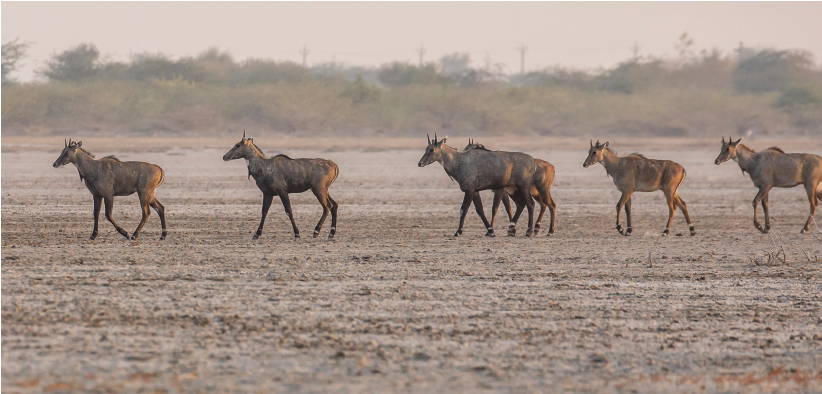
A herd of male nilgai.
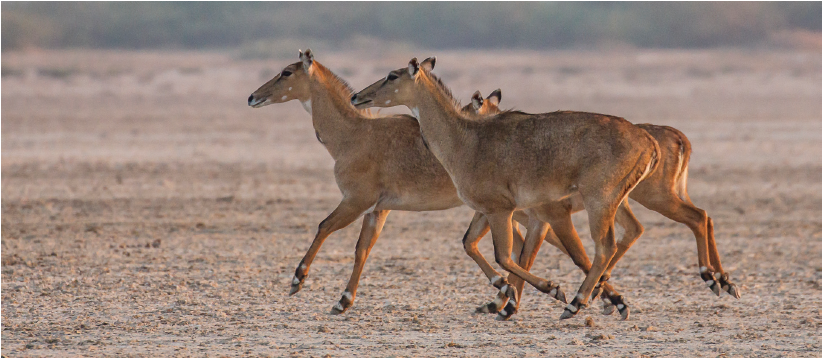
Female nilgai galloping.
I continued the game drive in Little Rann of Kutch after lunch at the resort and enjoyed the busy afternoon photographing several bird species ─ Common crane, demoiselle crane, peregrine falcon, Eurasian marsh harrier, eastern imperial eagle listed by the IUCN as vulnerable species, steppe eagle listed as endangered species, and flocks of ducks and geese.
Little Rann of Kutch continued to amaze me as a land of beautiful sunsets when my guide took me to another lake called Lake Saraan to watch another breathtaking sunset there, but this time about a hundred cormorants joined hundreds of demoiselle cranes in the foreground.
The next morning I returned to Lake Nava Talao where I witnessed lesser flamingos in large flocks taking flight as a few eastern imperial eagles followed closely to prey on the injured or slow flyers. The scenes of catch and kill went on for an hour, creating commotion in the sky as well as on the bank of the lake where the flamingos landed to seek refuge and then took to the air again as the eagles pursued them on the ground.
Besides the large water birds, the smaller ground birds also caught my attention, and I photographed several species such as the Indian courser, ashycrowned sparrow lark, crested lark, black drongo and grey francolin.
I said goodbye to Gujarat with fond memories of my adventures in Gir Forest National Park, Velavadar National Park, the Wild Ass Wildlife Sanctuary and the wetlands, lakes and semi-desert landscape of Little Rann of Kutch, and if opportunity allows I would return to Gujarat, a paradise of wildlife photographers.


